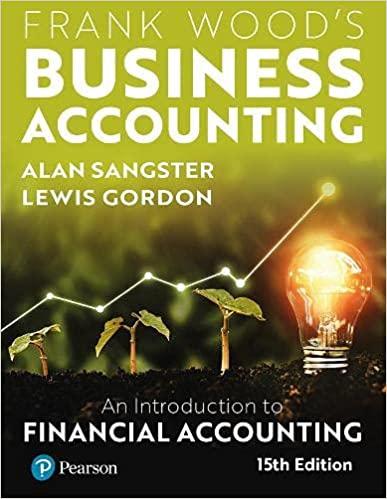Question
A summary should include the following: main ideas, facts, details, locations, and minor examples facts, names, and places main ideas none of the above minor
-
A summary should include the following:
-
main ideas, facts, details, locations, and minor examples
-
facts, names, and places
-
main ideas
-
none of the above
-
minor ideas and major details
-
- Your summary should paraphrase when
-
youve condensed part of a major point and are unable to condense anymore; then paraphrase
-
you have a major point
-
you encounter an important idea
-
all of the above
-
- The length of a summary is
-
very long
-
15 to 30% of the length of the article or the essay you are summarizing
-
very short
-
half of the original text
-
none of the above
-
- Which phrase best describes the definition of a summary:
-
to paraphrase
-
to condense
-
to quote and condense
-
all of the above
-
to quote
-
- When writing a summary, you need to state the authors thesis. A thesis is
-
all of the above
-
the minor points in an article or essay
-
the authors claims and support
-
the major points in an article or essay
-
the main point that the author sets out to validate in an article or an essay
-
- You should use transition words and connectors
-
none of the above
-
to add extra words
-
to create a coherent summary
-
to add content to your summary
-
to improve grammar
-
- When writing a summary, the claims from the original source (article, essay) should be written
-
in your own words
-
in the authors words
-
in the authors words and in your words
-
none of the above
-
in another language
-
-
The best way to find the thesis, the claims, and the support of an article or an essay is
-
to map or to outline the thesis, the claims, and the support
-
all of the above
-
to outline the support
-
to find the minor details
-
to guess
-
- The first sentence of a summary needs to include the following:
-
the authors name (only the first name), year of publication (in bold), article title (italized), reporting verb (in future tense), and the thesis of the article (in your own words.
-
the authors name (only the initials), year of publication (in upper case), article title (italized), reporting verb (in past tense), and the thesis of the article (in your own words).
-
None of the above
-
the authors name (full name or last name), year of publication (in parentheses), article title (the first letter of each word capitalized and in quotation marks), reporting verb (in present or the simple past tense), and the thesis of the article (in your own words).
-
the authors name (full name), article title (italized), reporting verb (in present or simple past tense), and the thesis of the article (in your own words.
-
- You will include an authors claims in your summary. A claim is
-
none of the above
-
the support of an essay or an article
-
a true statement
-
an authors thesis
-
a controversial or debatable statement
-
Step by Step Solution
There are 3 Steps involved in it
Step: 1

Get Instant Access to Expert-Tailored Solutions
See step-by-step solutions with expert insights and AI powered tools for academic success
Step: 2

Step: 3

Ace Your Homework with AI
Get the answers you need in no time with our AI-driven, step-by-step assistance
Get Started


